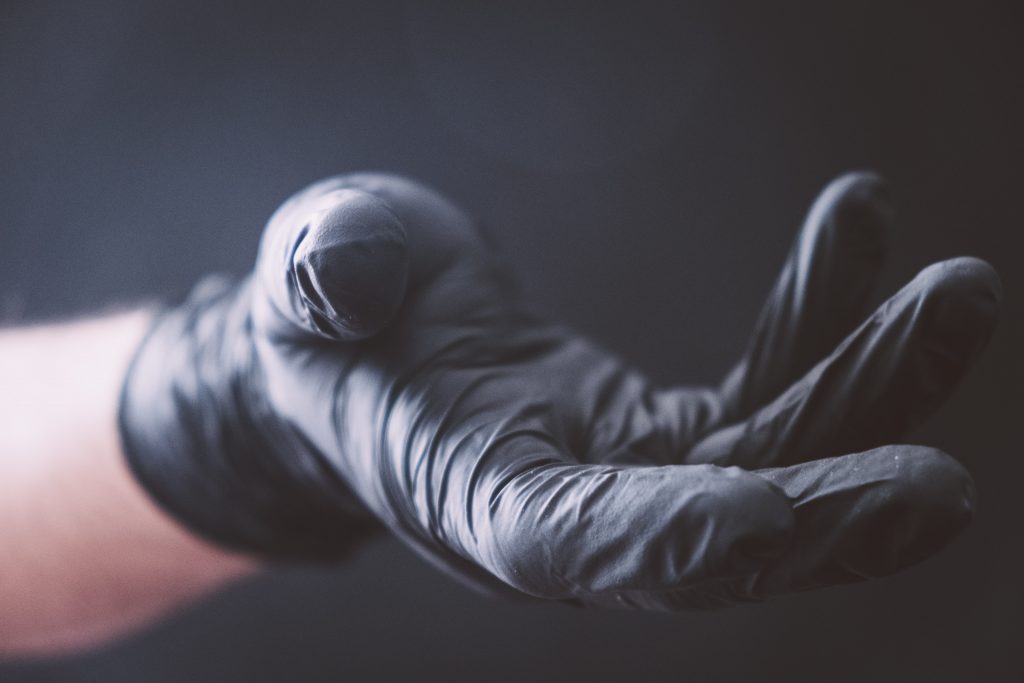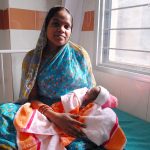Early in March, a friend of a friend drove himself to the hospital in the throes of COVID-19-induced pneumonia. He was rendered medically unconscious and placed on a mechanical ventilator soon after. I first interacted with him through the GoFundMe page that his family set up because this young, otherwise healthy man had no medical insurance. His new job—his dream job—had delayed covering him for the first six months that he worked there. He entered the intensive care unit four days before his medical coverage would have begun, and, for the next three weeks, fought for his life.
The medical bills mounted, with no possibility that his family could cover the costs of what his insurance provider would have referred to as a “pre-existing condition”—hence how I “met” him through this desperate online plea. I am thrilled to say that he is now breathing on his own and on the road to recovery, but the dark cloud that hung over his hospital bed was comprised of two diseases: COVID-19, and the fear of insolvency that delayed him seeking medical care until it was almost too late.
In medical anthropology, the word syndemic is used to describe the interface of two diseases that often co-occur. Hypertension and type 2 diabetes are the most common non-infectious syndemics in the United States, as they are diseases that both take advantage of poverty, food insecurity, and, most importantly, lack of health insurance.
In recent news coverage sounding the alarm over the disproportionate COVID-19 mortality rates among African Americans from Milwaukee to Detroit to New Orleans, the existence of these “pre-existing conditions” is cited as one complicating factor. That the bulk of “essential workers”— public transit workers especially—are African American is also cited as a reason. However, their disproportionate infection rate does not explain their extremely high mortality rates from COVID-19. Over 70 percent of deaths in Louisiana and the city of Chicago have been African Americans, representing almost twice their actual percentages of the population in these two places. Why?
The role of fear
Here I propose a much more provocative, more insidious syndemic to the specific experience of COVID-19 in the United States: fear. Americans experience fear of job loss, fear of healthcare costs, and, looming over all of this, fear of bankruptcy. While it would be highly irregular on its own to refer to fear as a disease, I suggest that evidence from the way COVID-19 has been addressed around the world reveals that fear of the costs of healthcare in the United States—in terms of money, impoverished social networks, and the possibility of antagonizing employers who do not provide benefits or protection—have generated a rash of pre-existing conditions and caused extensive delays in people seeking treatment, with many of those who show up at hospitals already needing critical care.
Other “developed” countries do not expose people to this kind of vulnerability. Germany, for example, has the lowest death rate from COVID-19 in the world. This is widely attributed to the fact that Germany has the highest level of testing per capita, with individuals isolated and their contacts traced immediately, which also means that individuals experience no delays in being admitted to hospital should they require supportive care. Germany also, not incidentally, has the second-highest number of acute-care hospital beds available per capita in Europe, at 621 per 100,000 people. With a national policy of free testing and the ability to get infected people care as needed, the specter of fear—of stigma, of social isolation, of job loss due to illness—does not emerge as a factor in Germany’s epidemic.
The financial fear factor
The picture in the United States, in contrast, is dire, and reveals fear as the most important disease driving high mortality rates, especially among the vulnerable. According to a recent Guardian article citing a December 2019 Gallup poll, 30 percent of Americans have delayed medical treatment of any kind because of cost, and more Americans (40 percent) are more afraid of paying for healthcare than they are of coming down with a life-threatening illness. As the economy contracts, people lose their jobs and also their health insurance, with recent estimates stating that 16 million people are now uninsured as a result of job loss due to the pandemic.
This newfound financial precarity will doubtless keep people away from hospitals unless and until they are in critical condition. Coupled with the fear of job loss due to extended illness among those precariously employed, people are driven to keep working even when they are desperately ill, as many transit workers report doing. And in doing so, fear drives infection rates up as people move around, work, push through illness, and exhaust themselves trying to stay solvent. Taken all together, it should be clear that fear is the single most important co-mortality factor in the COVID-19 epidemic in the United States. Fear is our COVID-19 syndemic.
An assault on human dignity
When the first statistics emerged from China on COVID-19’s co-mortality factors, many people were heartened by the fact that it appeared that the elderly and immune-compromised were most at risk of dying. Leaving aside the threats to inherent human dignity that this widespread relief—especially among the young—evinced, was a factor for high mortality that no one predicted. We talk about “pre-existing conditions” as one aggravating factor, but such a bland term covers a host of social and political sins that mean millions of Americans, especially among the precariously employed, “essential workers”, ethnic minorities, and the poor, live daily with extremely poor health. That nearly half of Americans fear bankruptcy more than death itself is the single greatest assault on human dignity that we can uncover. We must shout it from the rooftops: fear is a disease that kills, and in the United States it is killing thousands of people every day. The second greatest tragedy would be attributing these deaths solely to COVID-19.
Catherine E. Bolten is associate professor of anthropology and peace studies and director of doctoral studies for the Kroc Institute for International Peace Studies, part of the Keough School. Bolten has worked in Sierra Leone, West Africa, since 2003, and wrote extensively on the Ebola epidemic of 2014-15. She is the author of two books, most recently Serious Youth in Sierra Leone, and has published over a dozen articles on issues of violence, development, human rights, and food security.
This article is the third in a series of blog posts published by the Keough School of Global Affairs. Dignity and Development provides in-depth analysis of global challenges through the lens of integral human development.
Photo by Benedikt Geyer (Unsplash).



